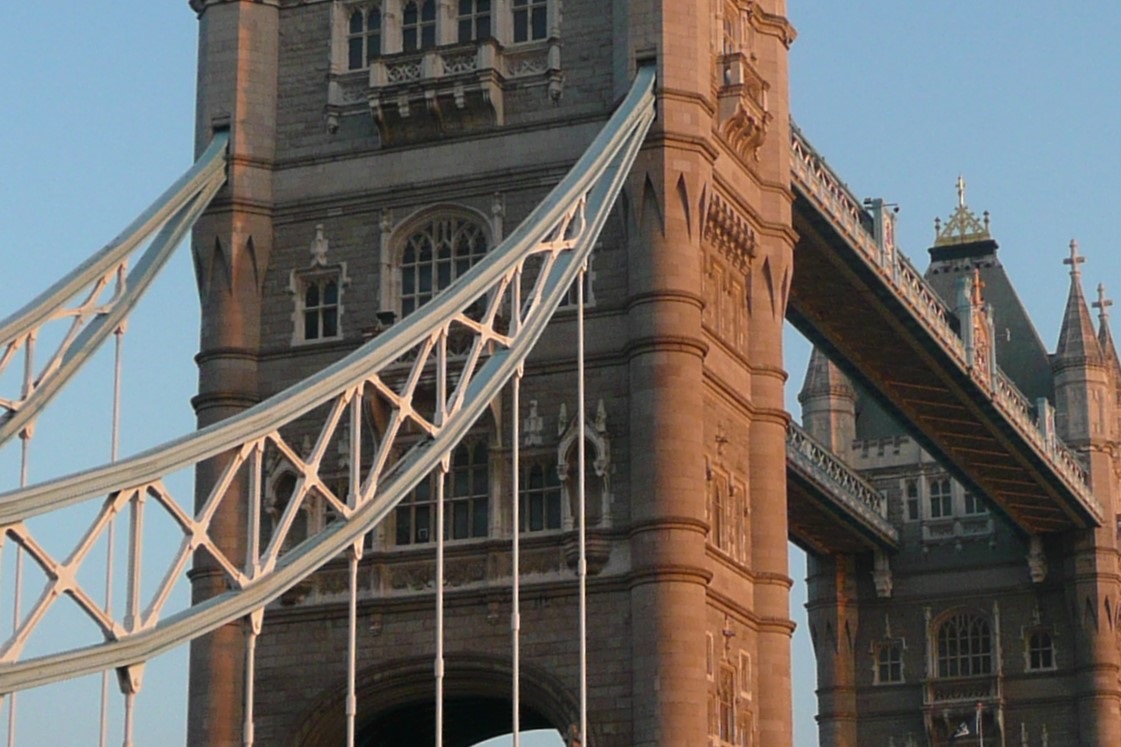 Tower of London
Tower of London
The Tower of London, royal residence, fortress, prison and world heritage site is the oldest Norman Castle in England. Built by William the Conqueror to consolidate and display his power over England after his famous Battle of Hasting victory in 1066, it was completed as a fortress by 1100, using stone from his home country of Normandy. 11th century Tower of London, England's oldest and most complete Norman Castle.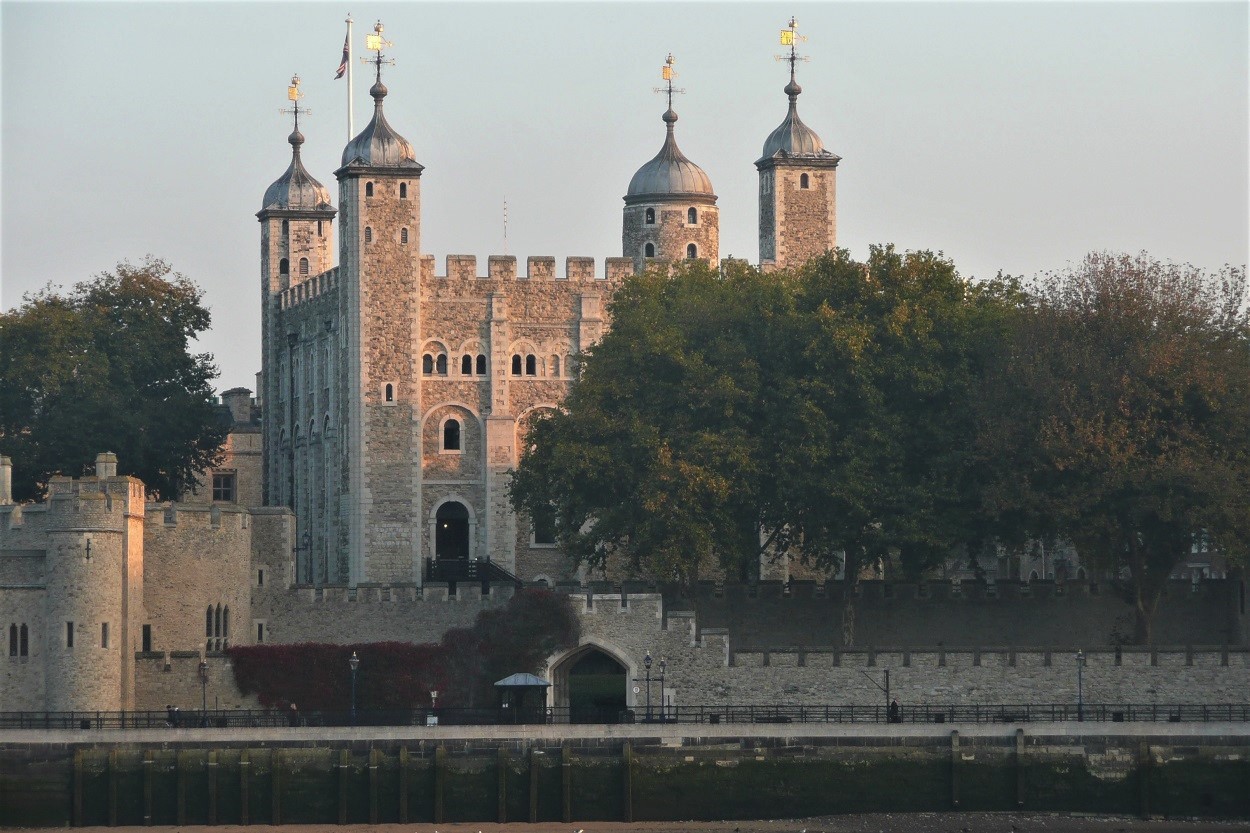
The White Tower
Protected by Roman walls on two sides and standing 90ft tall at the site’s lowest point, it was the most impressive and tallest structure the people of England had ever seen.Renamed The White Tower in 1240 after the walls were whitewashed, later monarchs, including Richard the Lionheart and Edward I, improved the castle including by adding outer defensive wall.
William the Conqueror’s Tower of London, fortified later by Richard the Lionheart.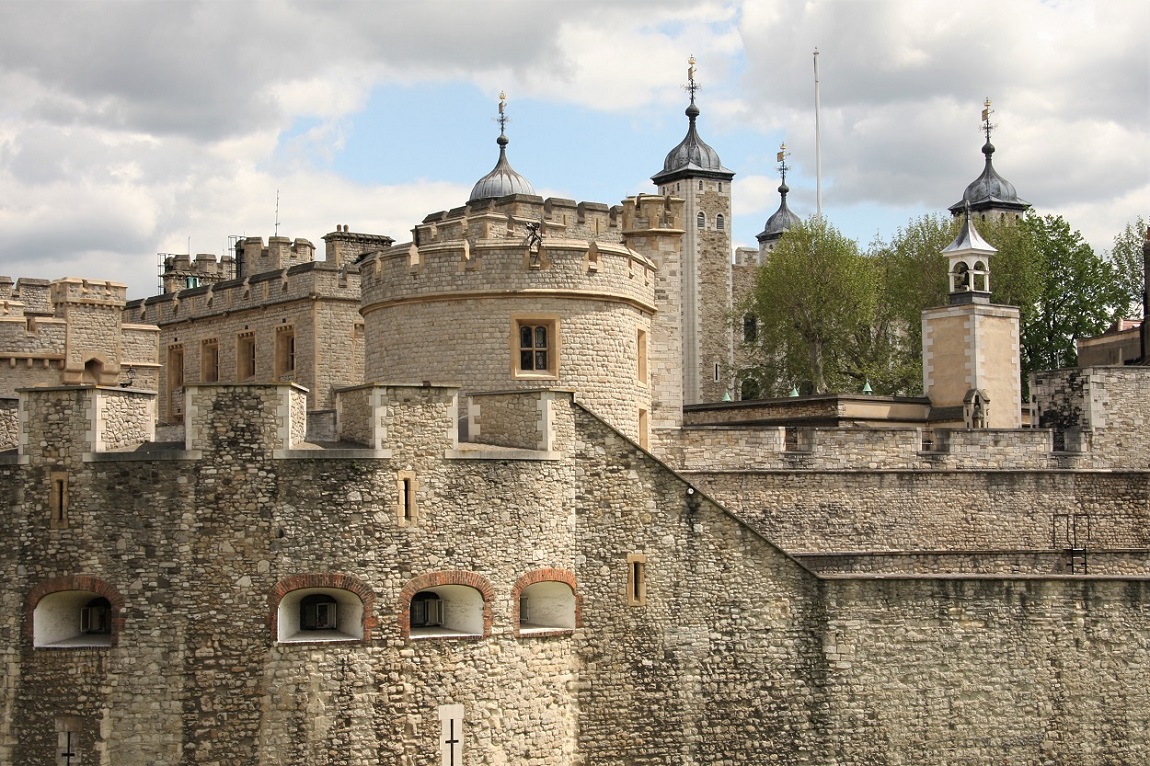
During the Wars of the Roses the Tower was used for tournaments and victory parties, as well as becoming a dreaded place of imprisonment, torture and murder, most famously of the young King Edward 5th and his brother in 1483.
As they lived in the Garden Tower they become known as the ‘Princes in the Tower’ renamed the Bloody Tower after their alleged suffocation there.
The reign of Henry 8th is famous for his ill treatment of his wives. Ann Boleyn lived in a royal residence there, only to be executed on Tower Green when she fell out of favour. In 1605, Guy Fawkes was tortured in the Tower after the failure of the plot to blow up Parliament, and it wasn’t until 1780 that the last hangings took place there. Today there is an interactive exhibition in the Tower about the treatment of prisoners, most of whom were suspected of being important enemies of the State.
Traitors Gate through which Queen Anne Boleyn entered the Tower prior to her execution.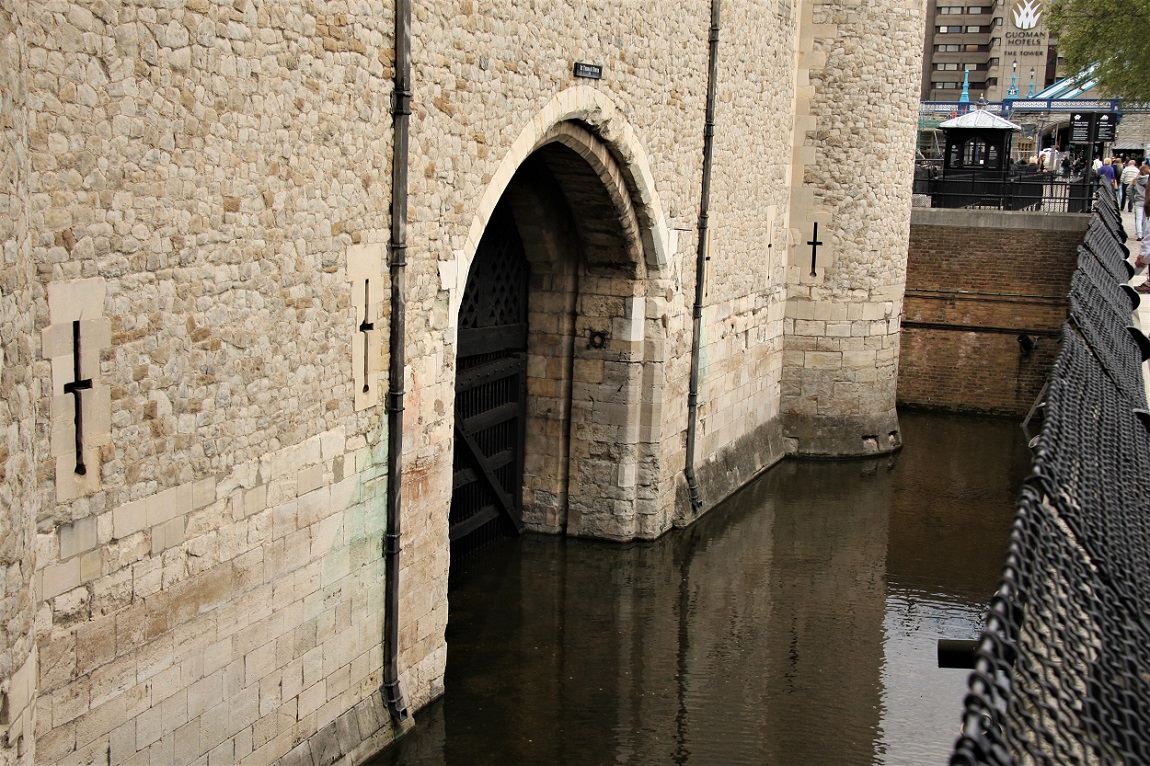
Used throughout history as safe storage for important documents of state, military weapons and jewellery the Tower housed a branch of the Royal Mint until the 19th century.
Today, the ceremonial, symbolic, and priceless Crown Jewels are kept under armed guard in the Jewel House. They include the two world famous diamonds, the Cullinan1, and the Koh-I-Nor (largest diamond in the world and the Imperial State Crown worn by Queen Elizabeth II at her coronation in 1953 which contains 2800 diamonds as well as pearls, sapphires, rubies and emeralds. White Tower contains the Royal Armoury, including Henry 8th’s armour and elephant armour.
From medieval times until the 19th century there was a menagerie (zoo) at the Tower. Started in 1204 by King John, Henry III receive 3 lions, from Frederick II, Holy Roman Emperor the 1235 Holy Roman Emperor, a white bear from the king of Norway and an elephant from France.
Beefeaters, the Yeomen Warders of the Fortress the Tower of London.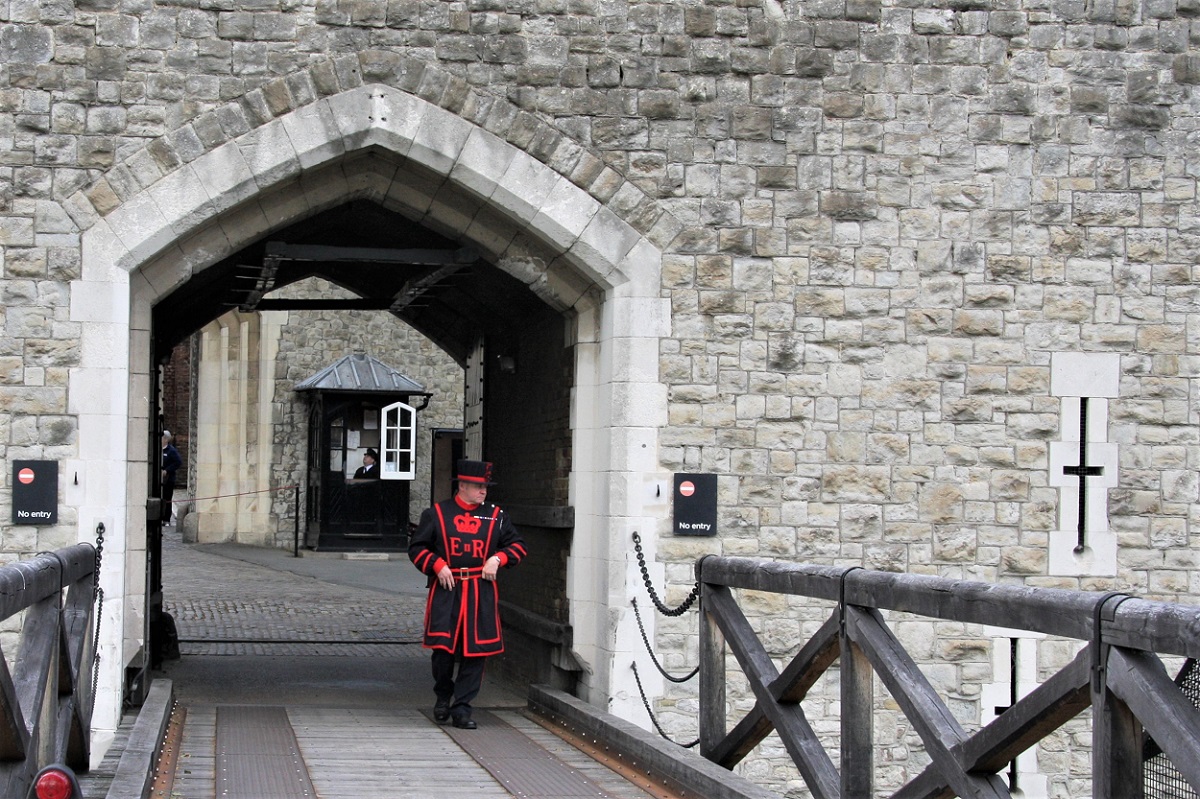
Seven Ravens
The last animal left for London Zoo in Regents Park after a lion had been accused of biting a soldier. The only animals left are the seven ravens. Looked after by ravenmaster, legend states that the Kingdom and Tower will fall if six ravens leave.Traitors' Gate - where prisoners accused of treason are supposed to have passed through, including Queen Elizabeth I.
The Yeoman Warders (Beefeaters) are official guides and ceremonial guards. Although they perform the evening 'Ceremony of the Keys' ritual, security is provided by the Tower Guard. The Tower Guards are active soldiers from Buckingham Palace’s Queen's Guard, who mount sentries throughout the Tower of London.
Visitor Infomation
The Tower of London is on public walkways and open at all times to view. Entry via tickets, see below;Further information:
Tower of London
